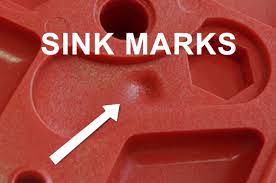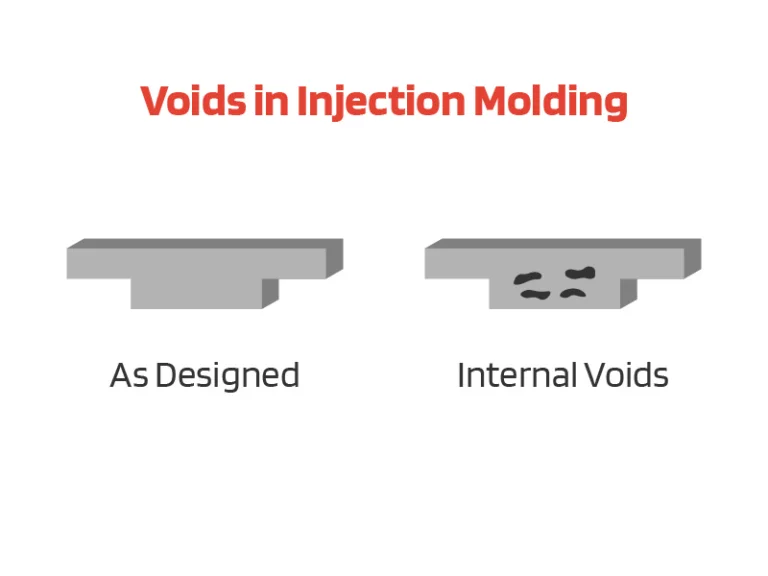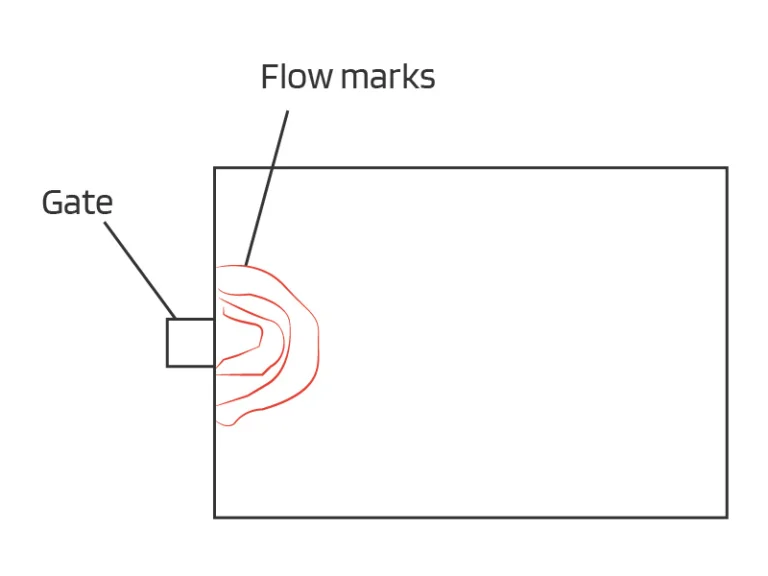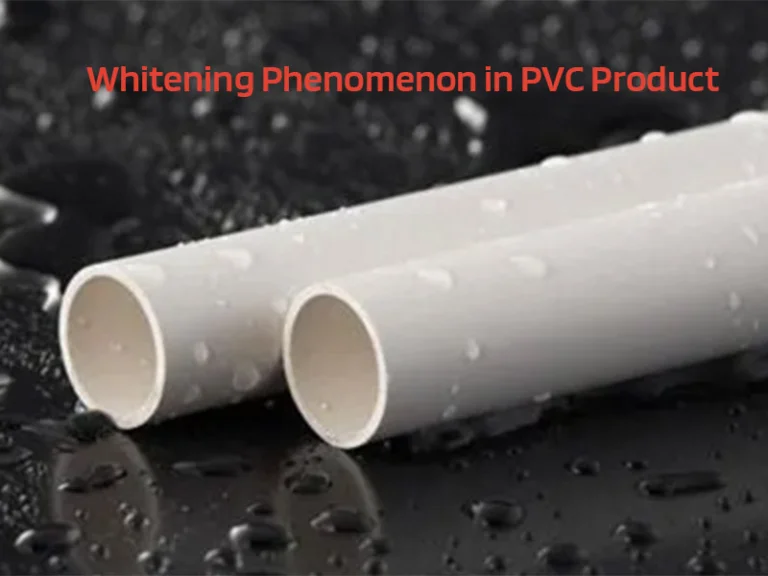Injection molding deformation is a critical challenge in the manufacturing process for producing complex plastic parts with precision and efficiency. Deformation refers to the undesirable changes in shape or structural integrity that can occur during the injection molding process, leading to defects in the final products. In this comprehensive guide, we will delve into the intricate world of injection molding deformation. We will explore the various types of deformation, understand the factors that contribute to its occurrence, and discuss the effects it has on the mechanical properties and aesthetics of the molded parts. Additionally, we will provide valuable insights into strategies and solutions to minimize deformation, ensuring high-quality, dimensionally stable, and defect-free injection-molded products.
Understanding Deformation in Injection Molding
Deformation in injection molding refers to the undesirable changes in shape or structure that can occur in plastic parts during the manufacturing process. It is a critical concern for manufacturers as it can lead to defects and compromise the overall quality of the final products. There are several types of deformation commonly encountered in injection molding, including warping, sink marks, and shrinkage.
Warping:
Warping is a type of deformation where the molded part develops a twisted or bent shape after it cools and solidifies. It occurs due to non-uniform cooling, unequal shrinkage rates, or internal stresses within the material.

Sink Marks:
Sink marks are depressions or surface imperfections that appear on the part’s surface during cooling. They result from the non-uniform cooling of thicker sections of the part, leading to uneven shrinkage.

Shrinkage:
Shrinkage refers to the reduction in dimensions of the part as it cools and solidifies. It is a natural phenomenon in injection molding due to the cooling process, but excessive shrinkage can cause dimensional inaccuracies in the final product.

Methods for Analyzing and Diagnosing Deformation Problems:
- Conduct a thorough visual inspection of the injection-molded parts to identify visible defects such as warping, sink marks, and shrinkage.
- Utilize advanced metrology tools like coordinate measuring machines (CMMs) and 3D scanning to assess dimensional accuracy and analyze part deviations.
- Employ non-destructive testing techniques like ultrasonic testing or X-ray to detect internal defects and assess structural integrity.
- Perform material testing to analyze mechanical properties, including tensile strength, elongation, and flexural modulus, to identify material-related issues.
Effects of Deformation on Molded Parts:
Deformation in injection molding can have significant repercussions on the mechanical properties and aesthetics of the final products. Understanding these effects is crucial for manufacturers to address potential functional defects and maintain high-quality standards.
Compromised Mechanical Properties:
Deformation can result in weakened structural integrity and reduced mechanical strength of the molded parts. Warping, for example, can lead to uneven stress distribution, affecting load-bearing capabilities and causing premature failure in critical applications. Sink marks can create localized weak spots, reducing impact resistance and overall durability.
Aesthetic Defects:
Deformation defects, such as warping, sink marks, and shrinkage, can mar the appearance of injection-molded products. Surface irregularities and dimensional inaccuracies may render the parts visually unappealing and unsuitable for applications where aesthetics are crucial, such as consumer products.
Functional Issues:
In certain applications, precision is vital for proper functionality. Deformation can lead to misalignments, interferences, or poor fitment with other components, resulting in impaired product performance or assembly difficulties.
Quality Concerns:
Deformation-related defects can compromise the overall quality of injection-molded products, reducing customer satisfaction and potentially leading to costly product recalls or rework.
Addressing deformation issues is critical to ensure the production of defect-free and high-quality injection-molded parts. In the following section, we will explore strategies to minimize deformation during the injection molding process, helping manufacturers achieve precise and dimensionally stable products. By understanding and mitigating the effects of deformation, manufacturers can enhance product performance, aesthetics, and overall customer satisfaction.
Causes of Injection Molding Deformation
Deformation in injection molding can result from a combination of factors, including material selection, mold design, processing conditions, and cooling. Understanding these factors is vital for implementing effective preventive measures and ensuring the production of high-quality, dimensionally stable parts.
The choice of plastic material significantly impacts the deformation tendencies of the final product. Different materials have varying shrinkage rates and thermal characteristics, which can lead to differences in deformation behavior. It is essential to select a material with suitable properties that align with the specific requirements of the injection-molded part. click here to learn how to choose the right materials.
Mold Design
The design of the mold plays a crucial role in determining the cooling and solidification process of the molten plastic. Inadequate venting, improper gate placement, or non-uniform wall thickness can cause uneven cooling, leading to deformation defects such as warping and sink marks. Injection molding gate design guide.
Processing Conditions
Injection molding involves various parameters, including injection speed, pressure, and temperature. Poorly optimized processing conditions can contribute to deformation issues. For instance, excessive injection pressure or temperature variations can lead to uneven cooling and shrinkage, resulting in dimensional inaccuracies.
Cooling:
The cooling phase is critical in injection molding. Rapid cooling can cause differential shrinkage across the part, leading to warping or distortion. Proper cooling control is essential to achieve uniform cooling rates and minimize deformation. A Comprehensive Overview of Injection Molding Cooling Time.
To address deformation effectively, manufacturers should conduct a comprehensive analysis of these factors during the design and production stages. By optimizing material selection, mold design, and processing parameters, as well as implementing precise cooling control, manufacturers can minimize the risk of deformation and ensure the production of high-quality injection-molded products. The next section will delve into the effects of deformation on the mechanical properties and aesthetics of molded parts, highlighting the importance of addressing this issue.
Strategies to Minimize Deformation:
Minimizing deformation in injection molding requires a combination of meticulous material selection, well-calibrated processing parameters, and thoughtful mold design. Additionally, post-processing techniques can be employed to tackle any residual deformation issues.
Material Selection and Optimal Processing Parameters:
- Choose materials with low shrinkage rates and good dimensional stability (e.g., glass-filled ABS, engineering plastics).
- Conduct material trials and utilize simulation tools to assess material behavior during the molding process.
- Fine-tune processing parameters, including melt temperature, injection speed, injection pressure, and cooling time, to optimize part quality.
- Consider the effects of material viscosity, flow behavior, and solidification time on deformation.
Mold Design Considerations to Reduce Deformation Risks:
- Ensure uniform wall thickness throughout the part to promote even cooling and minimize differential shrinkage.
- Implement appropriate draft angles to facilitate smooth part ejection and reduce internal stresses during demolding.
- Use ribs and gussets strategically to enhance structural integrity and prevent warping tendencies.
- Incorporate advanced cooling systems, such as conformal cooling, to achieve uniform cooling rates and reduce cycle times.
- Consider the effects of mold temperature and cooling time on part shrinkage and deformation.
Introduce Post-processing Techniques to Address Deformation Issues:
- Utilize annealing processes to relieve internal stresses and reduce warpage, particularly in amorphous materials like ABS.
- Apply post-mold surface treatments, such as hot stamping or laser polishing, to improve dimensional accuracy and eliminate sink marks.
- Employ precision trimming or machining to address part warping and achieve tight tolerances.
- Evaluate the suitability of each post-processing technique based on the specific deformation issues and part requirements.
By combining these strategies, manufacturers can effectively minimize deformation in injection molding. An integrated approach that considers material properties, processing parameters, mold design, and post-processing options ensures the production of high-quality, dimensionally accurate parts with minimal deformation.

7 Plastic Injection Molding Defects: Their Causes and Solutions
Plastic injection molding defects refer to the flaws caused in the manufacturing process. Plastic injection molding defects can result from various factors, including issues with the material, design flaws, or manufacturing process issues. Product failure, increased production costs, and ultimately dissatisfied customers are all possible outcomes of these flaws. To produce products made of high-quality
Conclusion:
Addressing deformation in injection molding is crucial to ensure the production of high-quality and dimensionally accurate parts. By understanding the factors contributing to deformation, implementing effective strategies to minimize its occurrence, and utilizing advanced analysis and troubleshooting techniques, manufacturers can optimize their injection molding processes and achieve superior part performance and aesthetics. Proactive measures to control deformation lead to increased production efficiency, reduced scrap rates, and improved customer satisfaction, making deformation analysis and troubleshooting a fundamental aspect of successful injection molding operations.
Choose A Reliable Manufacturer for Your New Project!
- All information and uploads are secure and confidential




